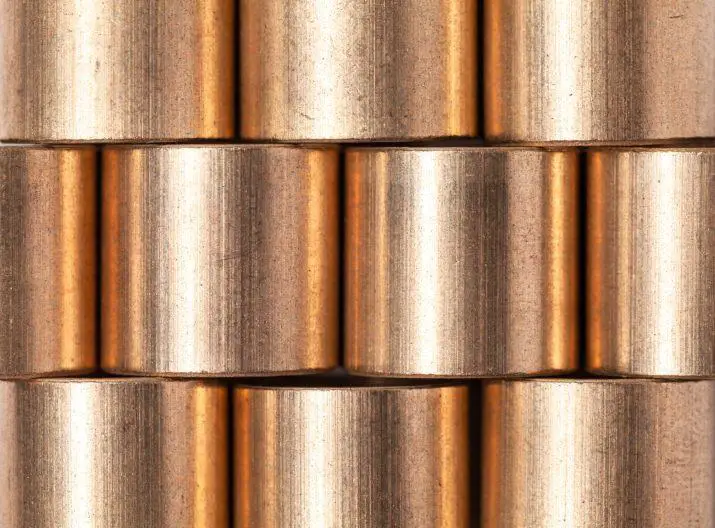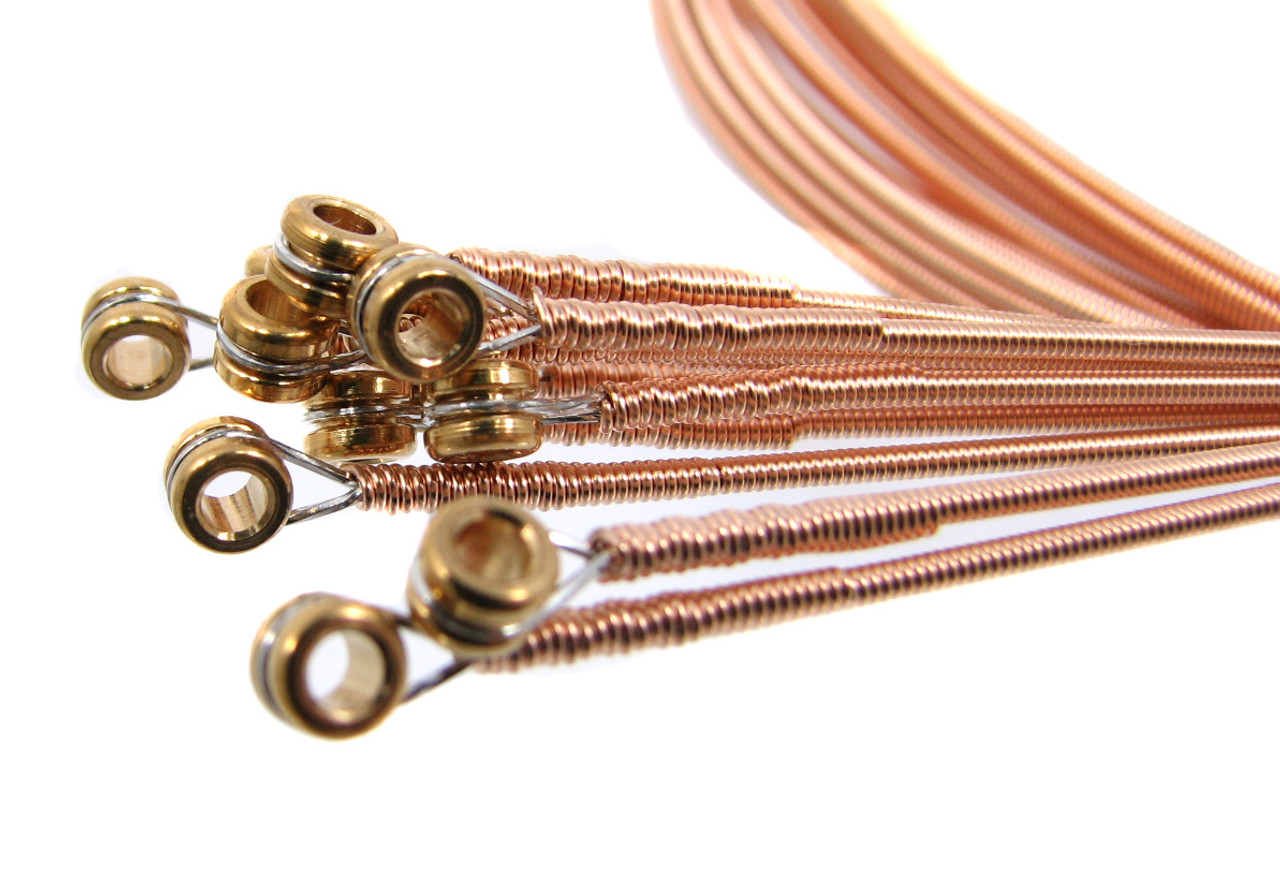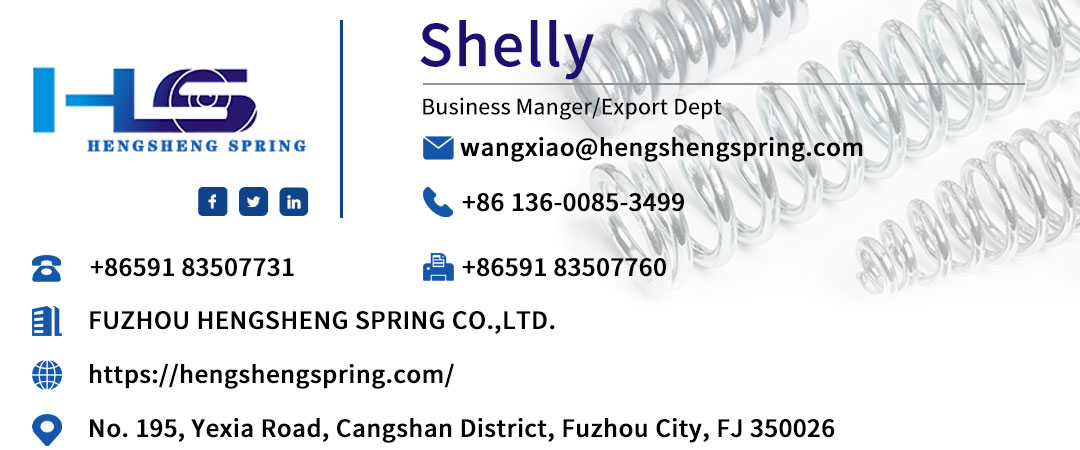The Versatile World of Phosphor Bronze and Beryllium Bronze: Applications and Roles in Spring Manufacturing
Bronze alloys, often overshadowed by steel, have significantly influenced technological progress throughout history. Among these alloys, Phosphor Bronze and Beryllium Bronze have emerged as leaders due to their remarkable qualities and diverse applications.
( If feel free, browse the article that make a detailed description on these two excellent material-<Beryllium Copper vs Phosphor Bronze – What’s the Difference>)
Introduction:
Bronze alloys, though often overshadowed by steel, have significantly impacted technological progress throughout history. Among these alloys, Phosphor Bronze and Beryllium Bronze have emerged as leaders due to their remarkable qualities and diverse applications across various industries.
Phosphor Bronze:
Description:
Phosphor bronze is a copper alloy primarily composed of copper (typically 80-95%), tin (usually 5-15%), and a small amount of phosphorus (approximately 0.01-0.35%). The addition of phosphorus enhances its strength and wear resistance, making it versatile and durable.
Applications:
Musical Instruments:
Musicians prefer Phosphor bronze for its corrosion resistance, spring-like properties, and tonal qualities. It is the top choice for musical instrument strings, especially in acoustic and classical guitars.
Electrical Contacts:

Due to its high electrical conductivity and durability, it is ideal for electrical connectors, switches, and relays, ensuring consistent and reliable electrical connections even in demanding conditions.
Industrial Springs:

The impressive mechanical strength and springiness of Phosphor bronze make it invaluable in manufacturing industrial springs used in various applications, including automotive suspension systems and heavy machinery, providing shock absorption, vibration control, and precise force resistance.
Beryllium Bronze:
Description:
Beryllium bronze is a copper alloy primarily composed of copper (typically 97-99.7%), beryllium (usually 1.5-2.7%), and occasionally small amounts of other elements like nickel or cobalt. It is renowned for its remarkable strength, hardness, and non-sparking properties.
Applications:
Aerospace Components:
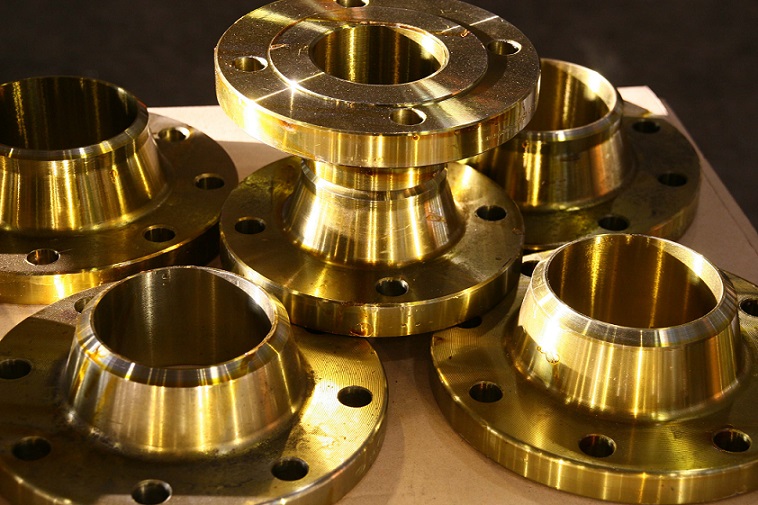
Beryllium bronze’s outstanding strength, hardness, and resistance to wear make it a preferred material for critical aerospace components, such as bushings, bearings, and landing gear parts.

In environments where flammable gases or liquids pose a significant risk, non-sparking tools are crucial. Beryllium bronze’s non-sparking characteristics ensure safety in potentially explosive settings, such as oil refineries.
Electrical Connectors:
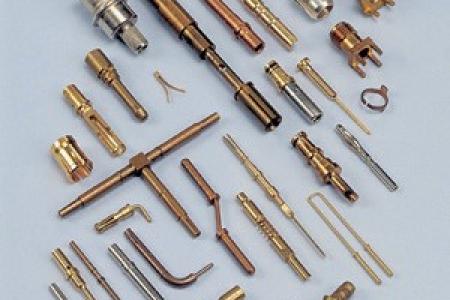
Its excellent electrical conductivity and resistance to fatigue have made beryllium bronze a top choice for electrical connectors and switches in industries such as telecommunications and electronics.
Spring Manufacturing:
Both Phosphor Bronze and Beryllium Bronze have made significant contributions to spring manufacturing due to their unique qualities:
Manufacturers harness the unique properties of phosphor bronze, combining mechanical strength and springiness. These springs find extensive use in applications requiring shock absorption, vibration control, and precise force resistance, such as automotive suspension systems and industrial machinery.
The unmatched strength, hardness, and non-sparking attributes of beryllium bronze make it a natural choice for specialized springs. These springs serve critical roles in aerospace functions and environments where sparks must be avoided, such as the oil and gas industry and chemical processing.
In summary, Phosphor Bronze and Beryllium Bronze are two extraordinary bronze alloys with diverse applications across various industries. Their pivotal roles in spring manufacturing underscore their unique qualities, offering strength, reliability, and safety across a broad spectrum of applications. These alloys continue to shape our world, contributing to technological advancement, music, and safety.
(Edit by chat.openai.com Launch by SHAW from Hengsheng)

